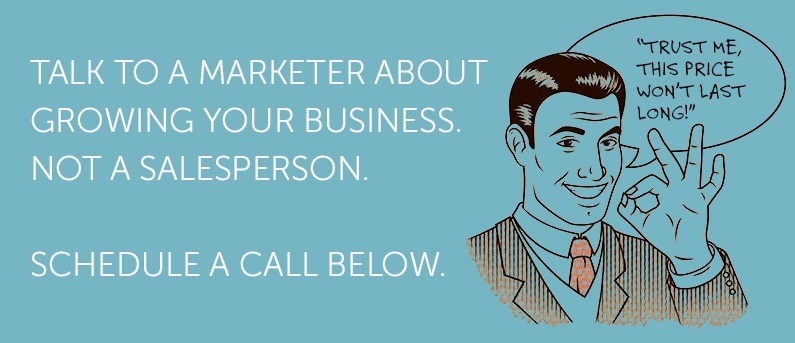If email marketing is part of your business’ overall internet marketing strategy, you already know that it can increase leads and convert readers into paying customers. But you may not be aware that you can do even more with your emails to make them more relevant and valuable to readers.
It’s called email list segmentation, and it can ensure that your emails target your recipients more precisely. Email segmentation involves the organization of your list into specific groups. This allows you to create content that is tailored specifically to each of those groups’ interests.
For example, you might divide your list by the following criteria:
- Demographics (age, gender, geographical location and occupation)
If you don’t segment your emails by these factors, you may be missing the mark with your subscribers. After all, why would someone in Nebraska care about discounts on surf lessons? - Purchasing habits (what types of products, how much spent and where)
If you know that a group of subscribers spends the majority of their money on certain products at one of your stores, you can send them email notices of promotions going on at that store. - Major vs. minor customers (big or frequent spenders, those who spend less or less frequently)
Major spenders should be given special attention. Determine who they are and consider rewarding them with loyalty incentives. - Active vs. inactive subscribers (those who actively participate, those who don’t)
Inactive subscribers can be targeted for reactivation. Segment them from active subscribers in order to lure them back. - Interests (which products or services your subscribers are most interested in)
Link emails about your products and services to your readers’ specific interests. For example, if you sell women’s apparel, your vintage clothing sale will probably not excite customers who prefer designer labels.
These are just a few categories into which your email list can be segmented. Gather relevant data to help you decide how to segment your lists. Measure your email marketing campaign and study the metrics. Use a service that provides analytic tools. Ask subscribers to leave feedback that can help you determine their spending habits and other factors.
And of course, re-visit your email lists regularly—at least twice a year—to determine if they’re still accurate. Keep in touch with your subscribers. Stay on top of your list segments, and you’re well on your way to greater ROI for your email marketing efforts.


